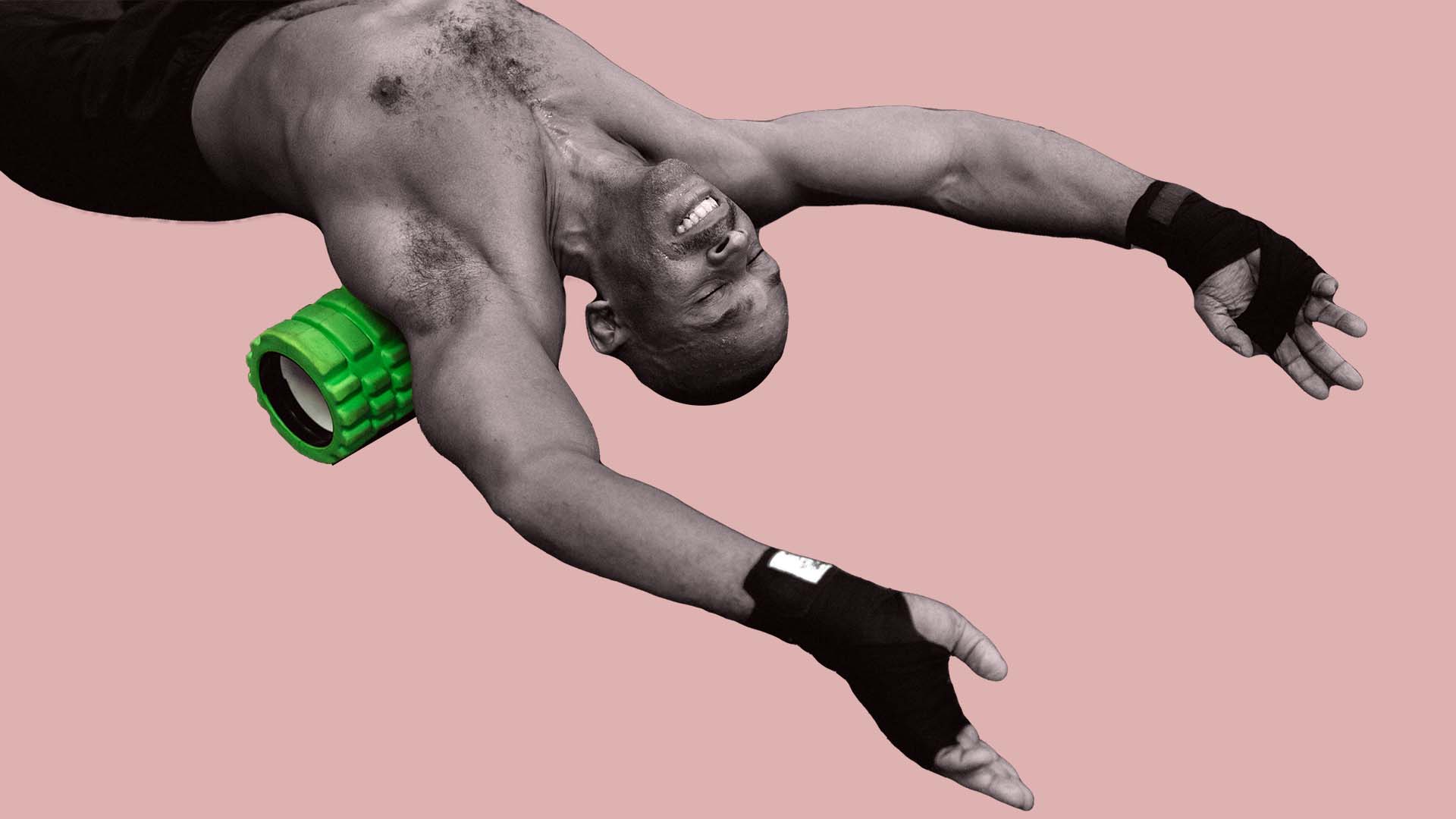Fascia are the fine and supple tissues that connect everything in our bodies from the surface of the skin to the deep cells of the connective tissue. They are what give our muscles form and support, and without them, our bones would collapse in on themselves. Fasciae are also the largest sensory organ in our bodies, with six times as many nerve endings as our muscles.
Aging, poor posture, an unhealthy diet, injuries, and degenerative illnesses can cause these fasciae to become matted and hardened. And that’s where fascia training comes in. By pressing, pulling, kneading, and stretching the fasciae, we can keep them supple and healthy. And trust me, they want to be changed.
Luckily there are practices to keep your fascia healthy. Here are 4 types to try:
1. Myofascial Self-Massage
Myofascial massage and foam rolling are both effective ways to help your fascia. Myofascial massage involves applying pressure to specific areas of the body to target the fascia and break up adhesions or knots. This type of massage can help to improve circulation, reduce pain, and increase range of motion. It can also help to improve flexibility and reduce the risk of injury.
Foam rolling is a technique used to apply pressure to the fascia and muscles to release tension and promote relaxation. By rolling the foam roller over different areas of the body, you can help to improve blood flow and reduce muscle soreness. This technique is particularly effective in targeting areas of tightness or adhesions in the fascia, such as the IT band or the upper back.
2. Fascial Stretching
We love these exercises to help your fascia from Bonnie Crotzer of The Floss.
3. Plyometric exercises
Plyometric exercises involve quick, explosive movements that help to improve the body’s ability to absorb and transfer energy, known as rebound elasticity. This can help to improve the function of the fascia by promoting a more efficient transfer of energy throughout the body. Box jumps, jumping rope, traveling pushups and clapping pushups are examples of plyometric exercises which can help keep your fascia supple.
4. Proprioception Exercises
When the body is able to move more efficiently, it can reduce the strain on the fascia tissue, which can improve overall health and longevity. Proprioception exercises are designed to improve the body’s awareness of its own position in space and its ability to control movement. These exercises can be particularly beneficial for the fascia, as they help to improve balance, stability, and coordination.
Try a single-leg balance, standing on one leg with the eyes closed. This exercise can help to improve the body’s awareness of its own position in space, as well as improve balance and stability. Surfing, SUP yoga, and are also beneficial.
Keeping our fascia supple and healthy keeps our bodies young.




